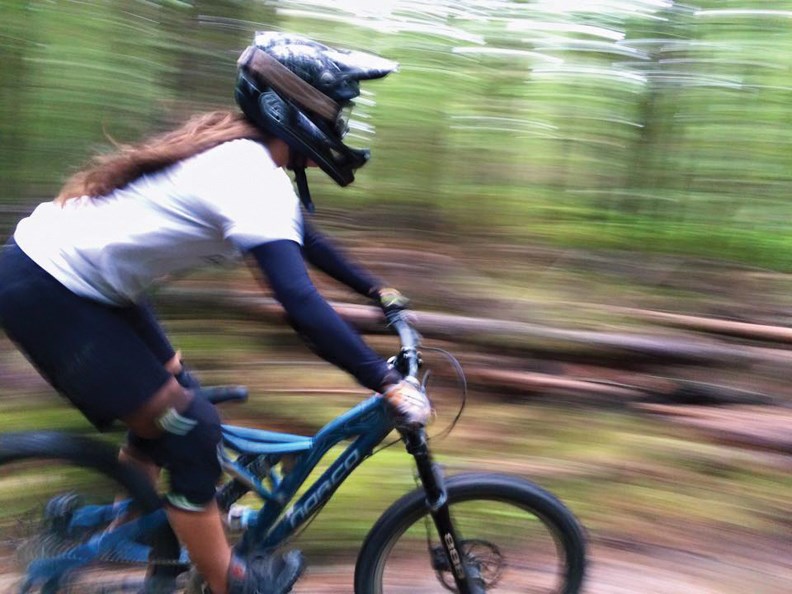Ask any real enthusiast about their love of riding our local trails and you will hear all about the rush they get from being on their bikes, the great terrain, the speed, the wind in the face and even of being on the edge of control that fires up the adrenaline. Some will describe a difficult section of trail that demands slow, controlled effort, but all will have stories to share.
Unfortunately, with the excitement and speed of the sport come injuries. Indeed, mountain biking is one of the most common sources of summer injuries, and some of the most severe. Dr. Annie Gareau from the Whistler Health Care Centre (who co-authored the Whistler study below) says that “one in 1,000 skiers are injured; one in 100 snowboarders; and one in 10 downhill cyclists.”
The study, published in 2011, analyzed injuries at the Whistler Mountain Bike Park. It was one of the few such studies and it told us a lot about injuries in the sport. Of some 900 individuals who were injured enough to look for medical assistance, 95 per cent used only the (mandatory) helmet as safety gear. About two dozen used more gear, including a range of knee and elbow pads, neck guards and a full body protective suit.
The types of injuries showed numerous consistencies: most of the less severe were fractures in the upper extremities such as wrists, arms and shoulders, sprains and concussions. Injuries were usually caused when riders lost control and flew off their bikes, usually over the handlebars. The majority of injuries occurred in the afternoon. This could be from late starts, but just as likely occurred when riders were more fatigued or more adventurous.
The best way to mitigate injuries, aside from slowing down, is to have the skills to match the challenge and to ride in control. Wearing protective gear such as body armour is another good idea. Taking steps to protect yourself and others on the trails means your chances of cutting the season short with an injury drop dramatically.
There are resources in all our communities to help mountain bikers. These include skills courses at recreation centres, bike shops or cycling clubs. If nothing else, get to know others you see on the trails and share experiences and knowledge. Investing in good quality pads or body armour will certainly make a difference the next time you take a header over the handlebars.
Riding in control of your bike is an essential step in your safety. Riding out of control means losing the ability to adjust to the terrain as you ride over it. Control will not only prevent crashes, but could well mean avoiding injury to yourself or others. Riding around blind corners? Slow down — who knows what’s there or who’s coming at you?
Good riders work on their skills. They ride smart by starting small, working their way up to the stunts and obstacles they really want to take on. And there is no shame in walking the areas of the trail that you don’t feel comfortable in riding.
For more information about injury prevention, see the Parachute Canada website at www.parachute
canada.org. Parachute Canada is a national charitable organization dedicated to preventing injuries and saving lives.
Ask anyone and they will tell you our region is chock full of great trails and terrain for mountain bikers to enjoy. Just do it safely.



